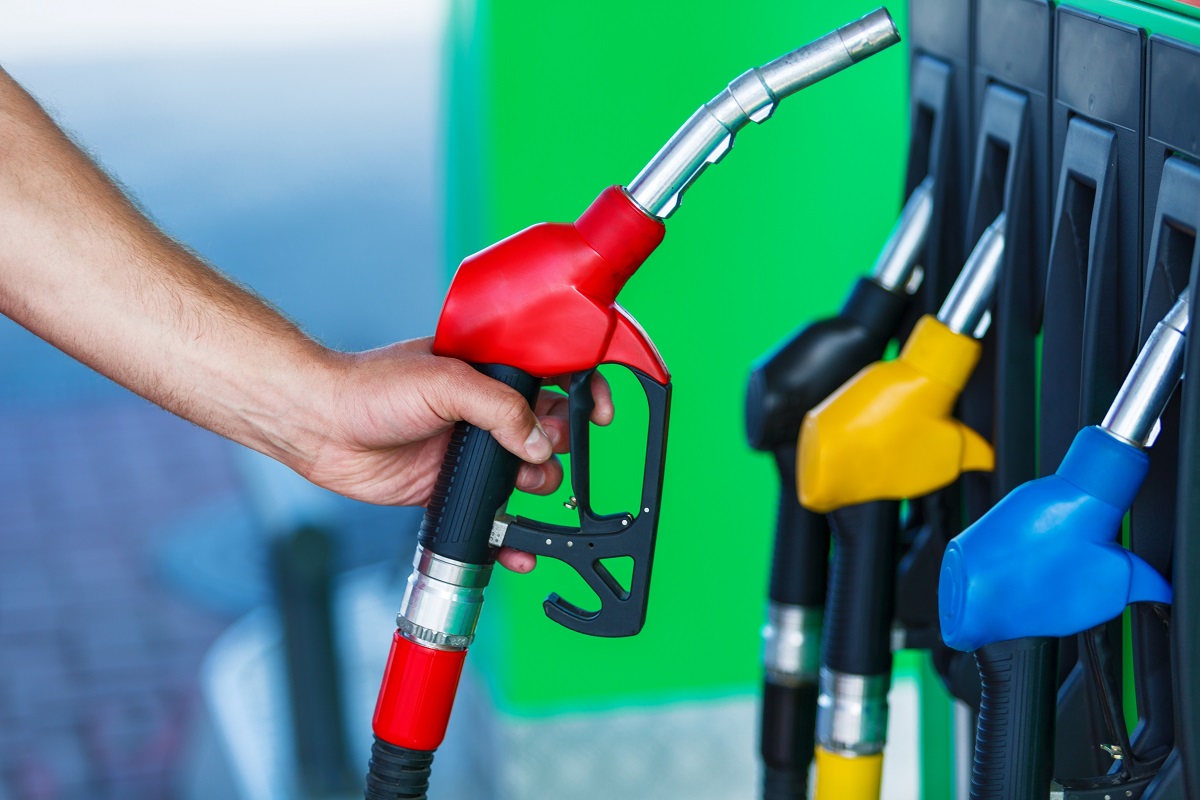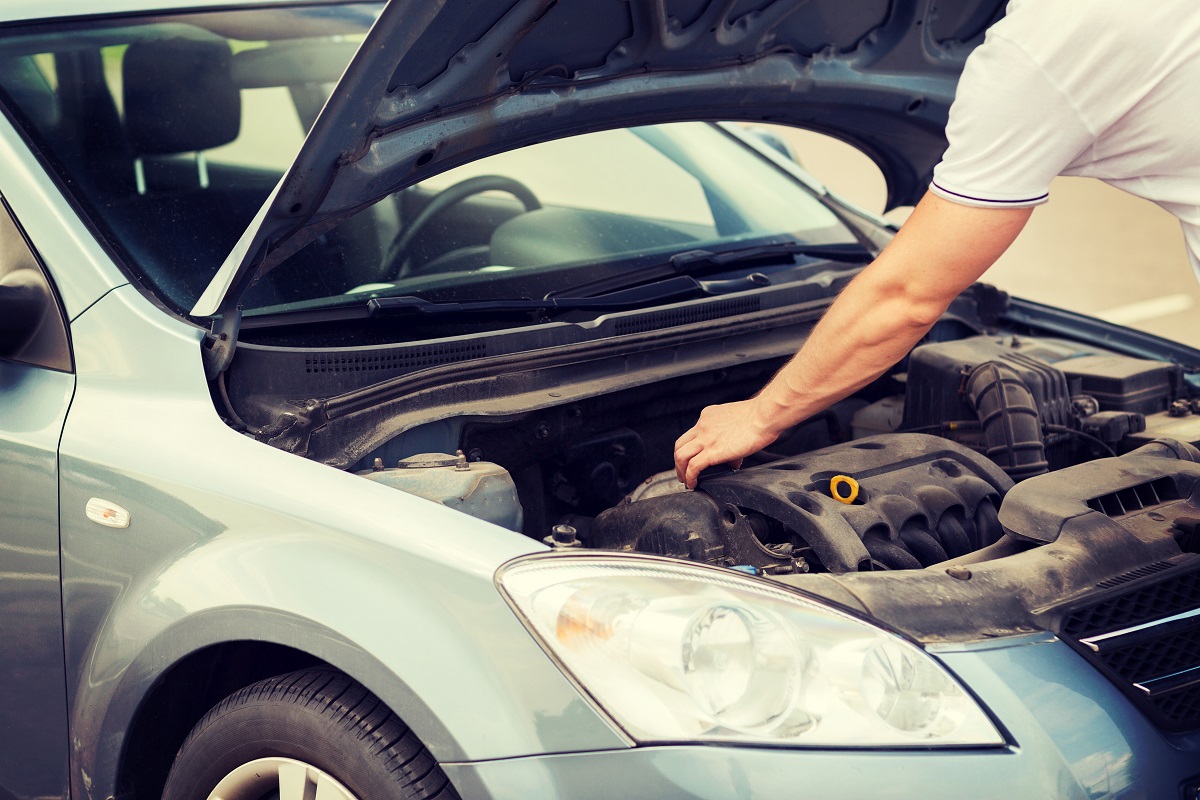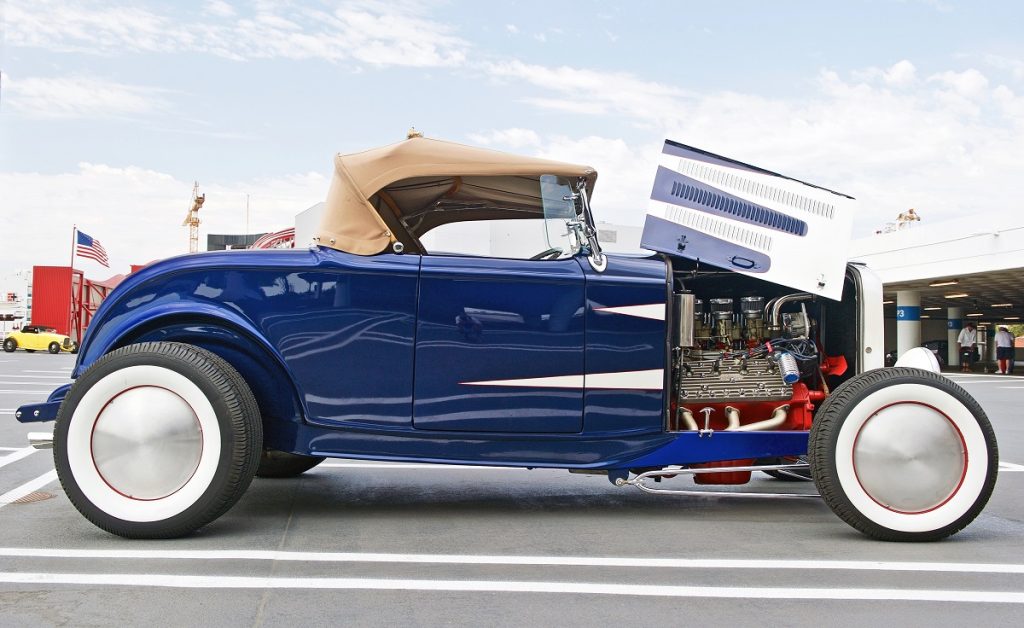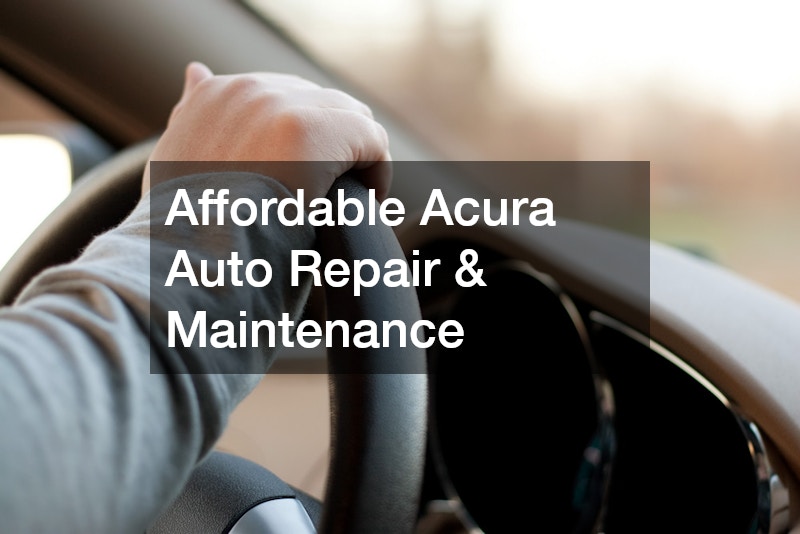- Approximately 25% of cars in the U.S. are over a decade old due to technological advancements.
- Old cars become cost-ineffective due to decreased fuel efficiency, frequent costly repairs, and safety issues.
- High emissions and reduced resale value are disadvantages of holding an old car for too long.
- Restoration, including windshield replacement and resolving engine problems, can make an old car cost-effective again.
- Regular maintenance, like oil changes and tire pressure checks, can improve an old car’s performance and efficiency.
As a car owner, you might be familiar with the feeling of holding onto your trusty old car for too long. It served you well for many years, but now it seems time to let it go and get something newer. The fact is holding onto an old car can end up costing you more money in the long run. Here’s what you need to know about old cars in the country, the reasons it’s no longer cost-effective, and how you can restore it to be cost-effective again.
Old Cars in The U.S.
It’s estimated that 25% of cars in the U.S. are more than ten years old. That’s a staggering number, but it begins to make sense when the average American holds onto their car for 11.4 years – well beyond the standard warranty period of 3-5 years.
The truth is cars are lasting longer than ever due to technological advances and better engineering practices. Many cars made today can easily surpass 100,000 miles without any significant issues. Unfortunately, as a car ages, it becomes more susceptible to breakdowns and costly repairs.
Reasons It’s No Longer Cost-Effective
There are various ways your old car is no longer cost-effective. Here are some of those reasons:
1. Decreased Fuel Efficiency

As a car ages, its fuel efficiency decreases. This means you’ll be spending more on gas for an unreliable car. Newer cars have better gas mileage, saving you much money in the long run.
2. More Frequent Repairs
An old car is more prone to breaking down and requires more frequent repairs. These repairs can be costly, especially when dealing with significant issues like engine problems or transmission failure. The older your car gets, the more you’ll spend on repairs and maintenance.
3. Safety Concerns
Newer cars have more advanced safety features like airbags, anti-lock brakes, and backup cameras. These features provide better protection for you and your passengers and can also help prevent accidents. An old car may not have these safety features and could put you at risk for injury in an accident.
4. High Emissions
Old cars tend to have higher emissions because they lack newer technology that helps reduce harmful pollutants. This affects the environment and can lead to costly fines if your car doesn’t meet emissions standards.
5. Reduced Resale Value
As a car ages, its resale value decreases. So, if you decide to sell your old car, you won’t get as much money for it as you would have if you had sold it earlier. Holding onto an old car for too long can cost you money in the long run.
Making Your Old Car Cost-Efficient Again
Thankfully, restoring your old car can make it cost-efficient again. Here are four essentials for making your old car cost-efficient again:
Replace Your Windshield
The front of cars has the necessary aerodynamic shape for air to flow over it. A cracked or chipped windshield can create turbulence, increasing your car’s drag and reducing fuel efficiency. Replacing your windshield will help improve your car’s aerodynamics and increase fuel efficiency. This can be too hard for you to handle, so visit a local windshield replacement service to do it for you. They can also inspect for any other issues with your windshield and repair them if needed.
Get Regular Oil Changes

Regular oil changes are a must when it comes to maintaining the health of your car. Dirty or contaminated oil can cause damage to components like pistons and cylinders, leading to more costly repairs down the line. Ensure you get regular oil changes at least every 5,000 miles to keep your car running smoothly.
Repair Any Engine Issues
Engine issues can be costly but necessary if you want your car to run properly. If something is wrong with the engine, it could be causing a misfire or poor fuel efficiency. Have a mechanic inspect the engine and replace any worn-out parts causing the issue. This will help increase your car’s fuel efficiency and performance.
Check Your Tire Pressure
Under-inflated tires can reduce your car’s fuel efficiency by up to 10%. Ensure you check your tire pressure monthly to ensure they’re properly inflated. This should be done when the tires are cold – meaning you haven’t driven your car in at least three hours.
Holding onto an old car for too long can cost you more money in the long run. While it might be emotionally hard to let go of your trusty old ride, it may be time to upgrade to something newer and reliable. And if you want to make your old car cost-efficient again, follow the tips above.






